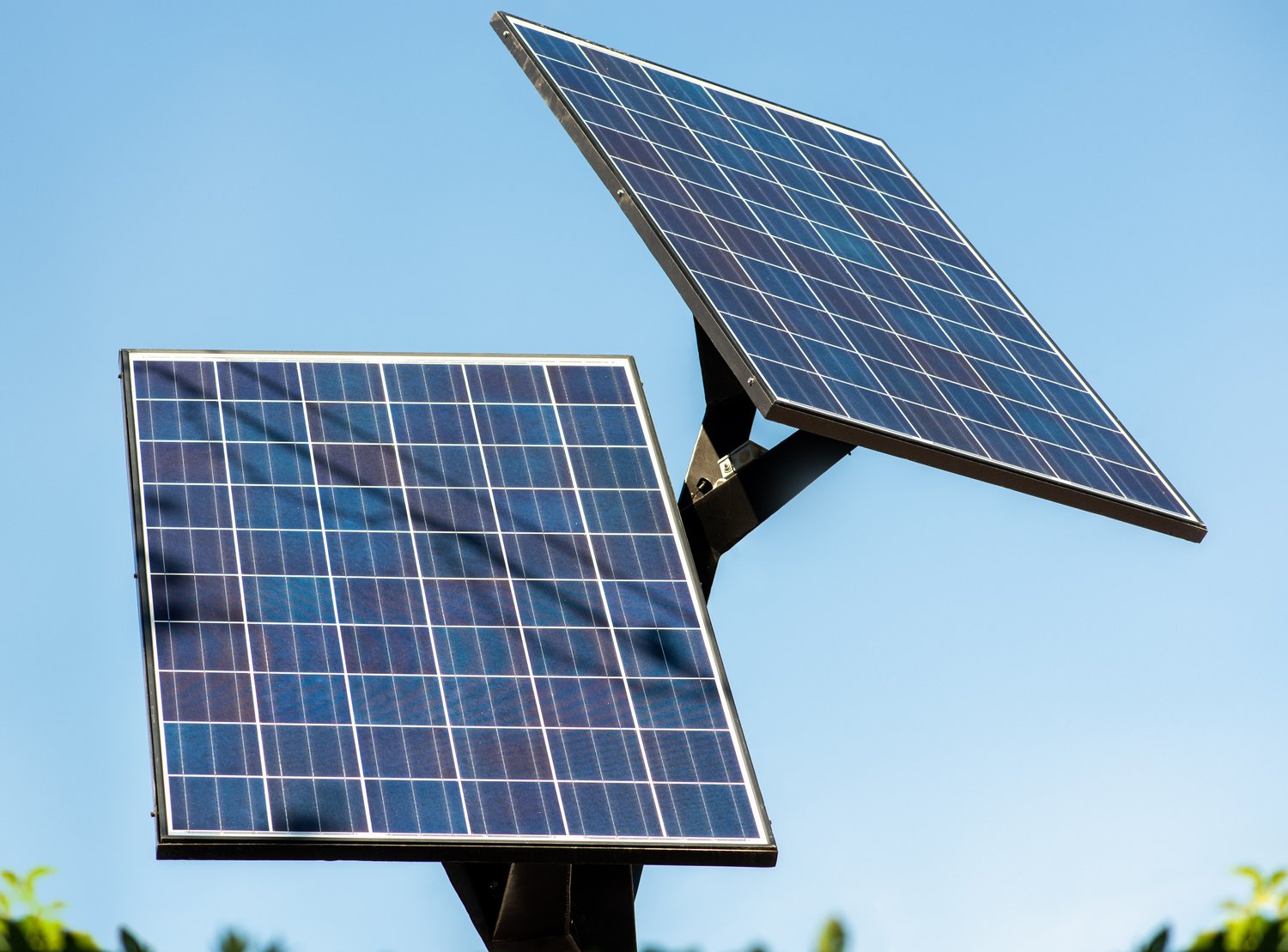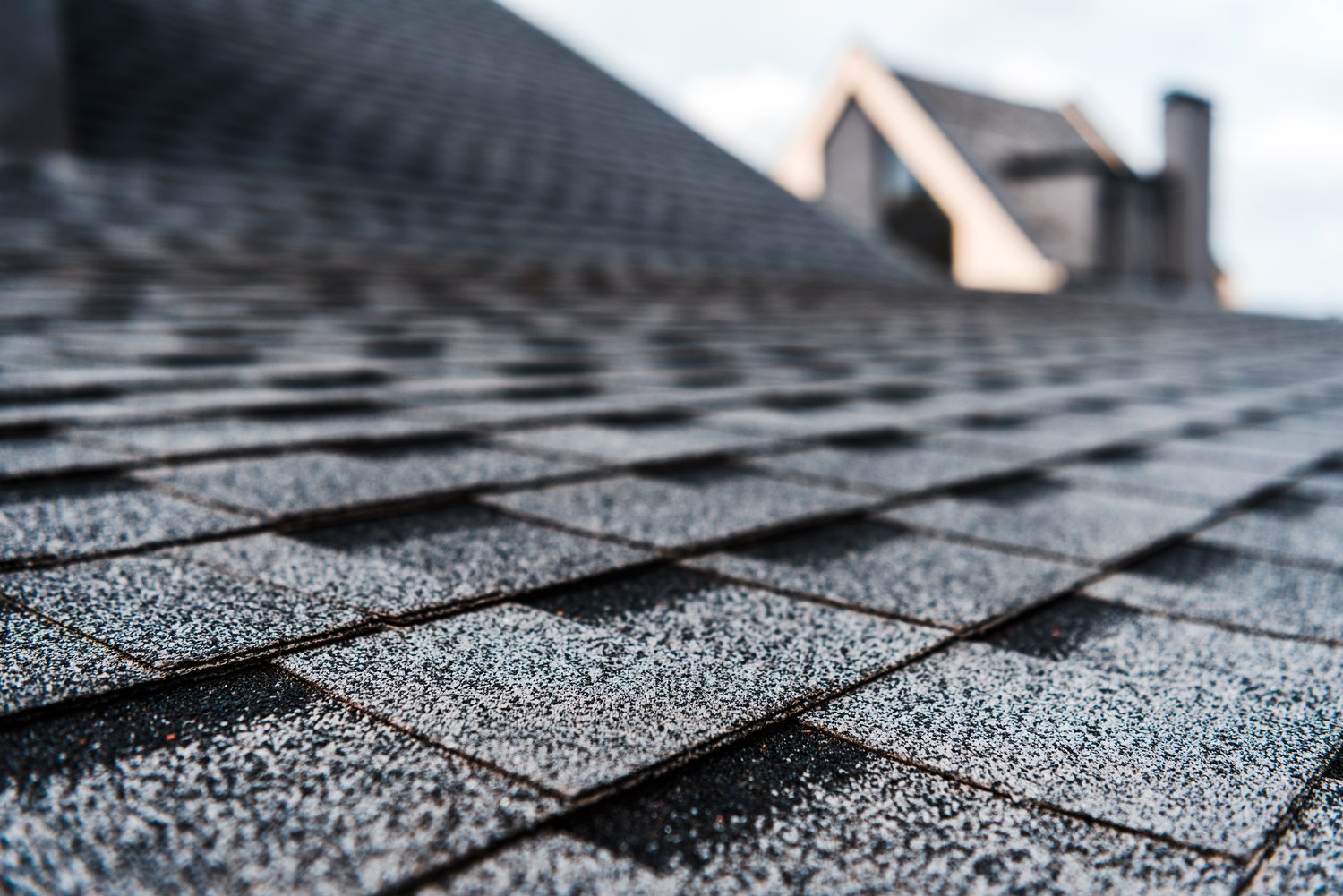In today’s economy, finding ways to save money has become increasingly important for homeowners and renters alike. One of the most effective approaches to cutting monthly expenses is through home energy conservation practices that reduce utility bills. By making a few simple changes to your daily routines and implementing energy saving habits, you can see significant savings on your energy costs throughout the year. This article will guide you through practical, easy-to-implement strategies that require minimal investment but offer substantial returns in both environmental impact and financial savings.
Understanding Your Energy Consumption
Before implementing changes, it’s helpful to understand where your energy dollars are actually going. Heating and cooling typically account for about 50% of the average home’s energy consumption, with water heating, appliances, and lighting making up the remainder. By targeting these high-consumption areas first, you can maximize your efforts to save money on energy expenses. Many utility companies offer free energy audits or online tools that can help you identify your home’s specific energy usage patterns, allowing you to create a personalized plan for reducing consumption.
The seasonal changes in your utility bills can also provide valuable insights. If you notice dramatic spikes during certain months, this indicates areas where focused energy saving habits could have the most significant impact. Understanding these patterns is the first step toward effective home energy conservation strategies that will reduce your monthly expenses in a sustainable way.
Temperature Control Strategies
One of the simplest yet most effective ways to reduce utility bills is through mindful temperature management. During winter months, setting your thermostat to 68°F (20°C) while you’re awake and lowering it by 7-10 degrees when you’re asleep or away can save as much as 10% annually on heating costs. Similarly, in summer, keeping your home at 78°F (26°C) when occupied and higher when empty can dramatically cut cooling expenses.
Ceiling fans represent another excellent investment for energy conservation. They cost very little to operate and can make a room feel 4-6 degrees cooler through the wind-chill effect. Remember to adjust the direction of your fan seasonally—clockwise in winter to circulate warm air, counterclockwise in summer to create cooling breezes. These simple adjustments require no significant lifestyle changes but can substantially reduce utility bills throughout the year.
Lighting and Appliance Efficiency
Lighting accounts for approximately 15% of a typical home’s electricity use. Transitioning to LED bulbs, which use at least 75% less energy and last 25 times longer than incandescent lighting, represents one of the fastest ways to save money on energy costs. While the upfront investment may be slightly higher, the long-term savings more than compensate for the initial expense.
Appliance usage also significantly impacts your energy bills. Refrigerators, washing machines, and dishwashers are among the biggest energy consumers in most homes. Using these appliances efficiently can lead to substantial savings. For instance, running full loads in dishwashers and washing machines, using cold water for laundry when possible, and keeping refrigerator coils clean can all contribute to reduced energy consumption. According to energy experts at AskHomey, proper maintenance of these appliances not only extends their life but can reduce their energy consumption by up to 30%.
Water Conservation Measures
Water heating comprises a significant portion of utility expenses in most households. Installing low-flow showerheads and faucet aerators can reduce your hot water usage by up to 60% while maintaining adequate water pressure. These inexpensive devices typically pay for themselves within months through reduced utility bills.
Taking shorter showers and repairing leaky faucets promptly also contribute to water conservation efforts. A faucet dripping at the rate of one drop per second can waste more than 3,000 gallons annually—equivalent to 180 showers. By implementing these water-saving strategies, you’ll notice immediate reductions in both water and energy bills, as less energy will be required to heat your home’s water supply.
Phantom Energy and Standby Power
Many people remain unaware that appliances and electronics continue to draw power even when turned off. This “phantom” or standby power consumption can account for up to 10% of household electricity use. Unplugging devices when not in use or using power strips that can completely disconnect multiple devices from the power source represents an easy way to eliminate this wasteful energy consumption.
Home entertainment systems, computer equipment, and kitchen appliances are among the worst offenders for phantom energy use. Developing the habit of fully powering down these items rather than leaving them in standby mode is an effortless energy saving habit that can yield surprising results on your monthly utility statements.
Seasonal Maintenance for Optimal Efficiency
Regular seasonal maintenance plays a crucial role in home energy conservation. Changing HVAC filters monthly during heavy-use seasons ensures your system runs efficiently. Sealing air leaks around windows and doors with weatherstripping or caulk prevents conditioned air from escaping. These simple maintenance tasks require minimal time investment but can reduce utility bills by preventing energy waste.
Additionally, scheduling professional maintenance for your heating and cooling systems once or twice yearly helps identify potential problems before they lead to increased energy consumption or costly repairs. While this requires some upfront cost, the resulting efficiency improvements typically deliver substantial returns through lower monthly energy expenses.
For more tips and to connect with reliable home service professionals, follow AskHomey on Facebook and Instagram.



